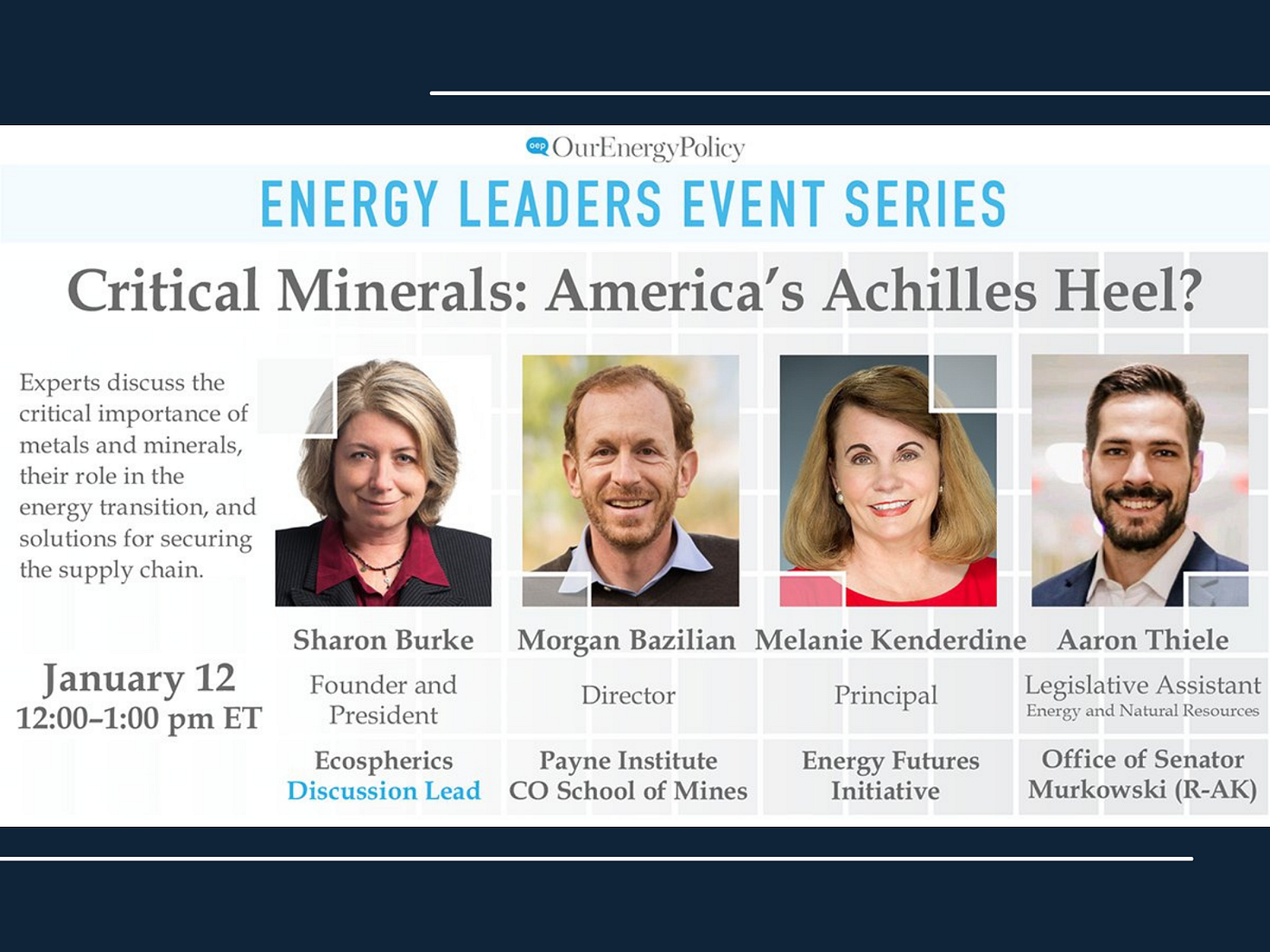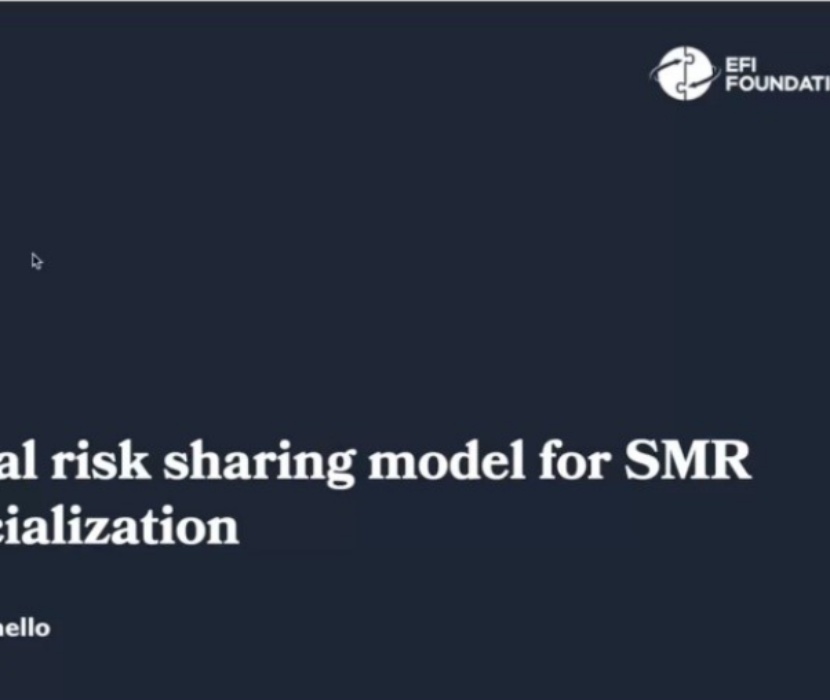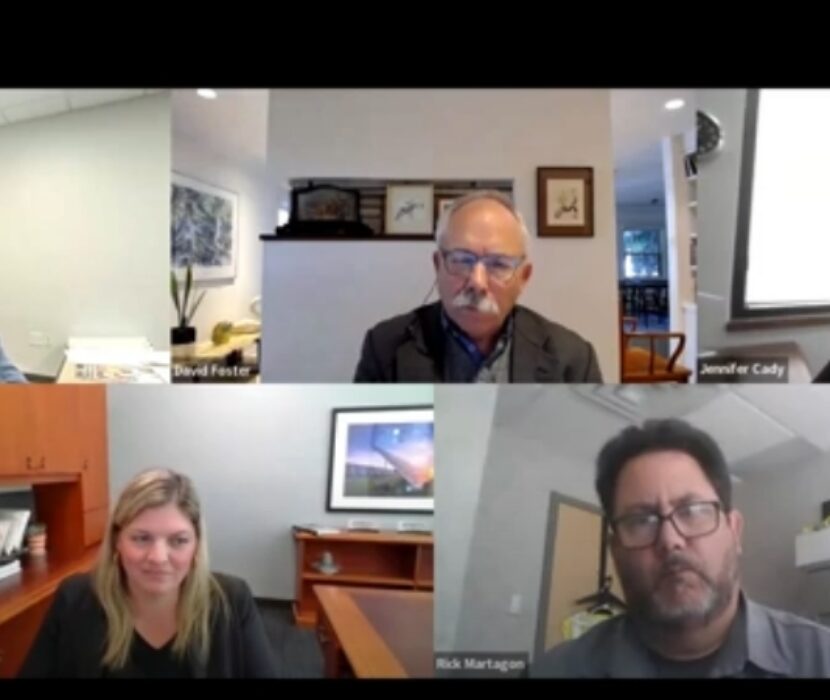
On Wednesday, January 12, 2022, EFI Principal Melanie Kenderdine participated as a panelist in a webinar, “Critical Minerals: America’s Achilles’ Heel?” hosted by OurEnergyPolicy as part of its Energy Leaders Events Series. Kenderdine and fellow experts in energy technologies discussed the importance of metals and minerals for energy systems, what their mining means for the energy transition, and solutions for securing their supply chains.
Discussion Lead Sharon Burke, Founder and President of Ecospherics, began the conversation by introducing the challenges surrounding the United States’ reliance on imported minerals, which are crucial components of clean energy technologies, including solar panels, wind turbines, and lithium-ion batteries. To this, Kenderdine said, “When you look at a map of the world and our import dependence, there are actually 14 of these critical minerals that we are 100% import dependent on.” Kenderdine went on to add that currently 80% of our rare earth imports come from China, and as we transition to a clean energy future, rare earths become particularly important. She said this means we must be cognizant of the geostrategic implications of where those metals and minerals are located.
When asked about the importance of these materials for the energy transition and energy technologies, Kenderdine emphasized the need for more accessible information. “When you look at the data that are collected by both the IEA [International Energy Agency] and EIA [the U.S. Energy Information Administration], they are still pretty oil centric. They should start routinely collecting information on what we are talking about here today,” she said.
The panelists discussed supply chain security and how it is deeply fragmented and not as simple as understanding massive commodities. “We tend to think of energy security in fuels,” Kenderdine explained. However, she said in the case of critical minerals, energy security is more reliant on capital costs and technology life spans: “How long does a grid-scale battery last?…The life span of these technologies defines the draw on the metals and minerals.” She further emphasized the need for an accurate perception of those technology life spans.
Panelists also discussed President Biden’s new critical minerals strategy: diversifying supply, developing substitutes, and improving reuse and recycling. Kenderdine advised that recycling and reuse should be prioritized first because finding alternatives for metals and minerals in energy technologies will take considerable time and infrastructure. Burke added that minerals have a recycling potential that differs from traditional fuels. “When you burn oil, it is expended, but when you use nickel in a battery it is not,” Burke said.
Looking to the future, Kenderdine mentioned that we might start seeing a ripple effect from the European Union’s (EU’s) Carbon Border Adjustment Mechanism (CBAM), which will be fully operational by 2026. The CBAM will put a carbon price on imports, helping to account for emissions in supply chains and ensuring that EU emissions reductions contribute to global emissions reductions rather than pushing carbon-intensive production to other countries. “Emissions from the supply chain and emissions from global shipping are included in no country’s NDC [nationally determined contribution],” Kenderdine said. “[They are] only about 3% of total global emissions, but with all these countries moving to net zero, things like 3% become very important.” Kenderdine urged.
The other two panelists participating in the webinar were Morgan Brazilian (Director, Payne Institute, Colorado School of Mines) and Aaron Thiele (Legislative Assistant, Energy and Natural Resources, Office of Senator Lisa Murkowski).
— Karla Salazar
(Share this post with others.)




